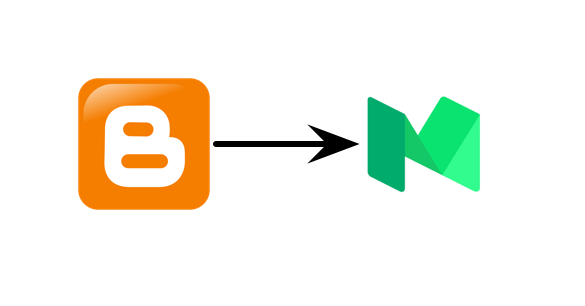Binary Classification The machine should only categorize an instance as one of two classes of this type: yes/no, 1/0, or true/false. In this sort of categorization inquiry, the answer is always yes or no. Is there a human in this photograph, for example? Is there a good tone to this text? Will the price of a specific stock rise in the coming month? Multiclass Classification In this case, the machine must categorize an instance into only one of three or more classes. Multiclass categorization may be shown in the following examples: Positive, negative, or neutral classification of a text Identifying a dog breed from a photograph A news item might be classified as sports, politics, economics, or social issue. Support Vector Machines (SVM) SVM is a supervised machine learning method that may be used to aid with both classification and regression problems. It aims to determine the best border (hyperplane) between distinct classes. In basic terms, SVM performs complicated data modificati...




Comments
Post a Comment